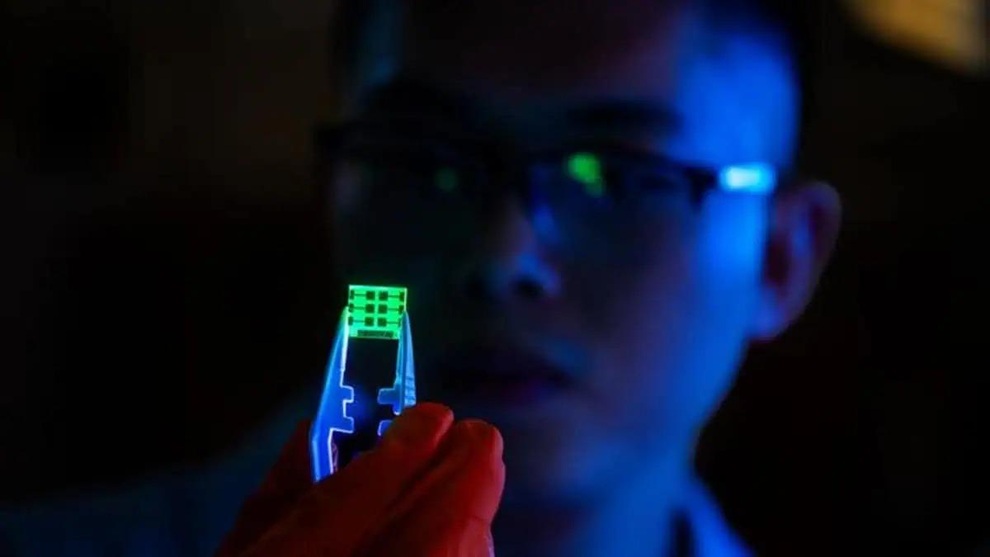
Unlike traditional LEDs that use expensive materials like gallium nitride (GaN), perovskite LEDs (PeLEDs) are made from perovskite – a more common mineral belonging to the calcium titanium oxide group.
Previously used in the solar industry due to its efficient energy conversion and low production costs, perovskite is now showing potential for expansion into the lighting sector, with the hope of changing the way people use light in the future.
According to Professor Feng Gao, an optoelectronics expert at Linköping University (Sweden), perovskite LEDs are not only cheap and easy to produce, but also have the ability to reproduce vibrant, vivid colors, making them especially suitable for display applications.
He believes that this could be the next generation of LED technology, with the ability to gradually replace current lighting solutions.
An international team of scientists has studied 18 different perovskite LEDs to assess the feasibility of the technology. The study focused not only on luminous efficiency but also on economic and environmental factors.
The results show that PeLED achieves quite impressive environmental performance, comparable to OLED technologies which are considered to be eco-friendly.
However, many issues still need to be resolved for commercial deployment. Through a comprehensive Life Cycle Assessment (LCA), scientists discovered that most of the environmental impact does not come from the perovskite material itself, but from the auxiliary chemicals and energy consumed during the manufacturing process.
Notably, organic solvents such as acetone and isopropanol, although only present in small quantities, have a significant impact if produced on an industrial scale.
The biggest hurdle right now is the device’s operating life. It is estimated that a perovskite LED would need to last at least 10,000 hours to offset the energy and emissions generated during its production, in order to be considered environmentally sustainable.
However, most current PeLED models only operate stably for a few hundred hours – less than 5% of the required threshold.
Despite its many advantages such as low cost, high light efficiency and environmental friendliness, PeLED will find it difficult to be widely applied if the durability issue is not solved.
Experts say that with the current speed of material development, increasing the lifespan of perovskite LEDs is completely feasible in the near future.
Source: https://dantri.com.vn/cong-nghe/loai-den-led-nay-co-the-som-thay-the-moi-thiet-bi-chieu-sang-trong-nha-ban-20250610091821644.htm











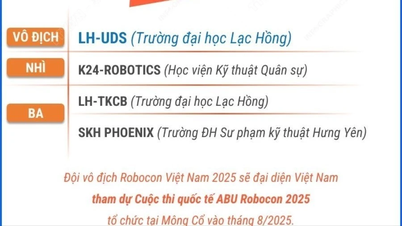

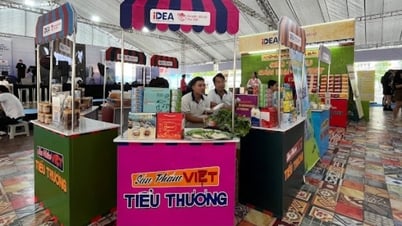

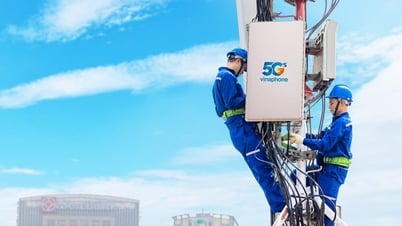












![[Photo] Prime Minister Pham Minh Chinh receives leaders of several Swedish corporations](https://vphoto.vietnam.vn/thumb/1200x675/vietnam/resource/IMAGE/2025/6/14/4437981cf1264434a949b4772f9432b6)































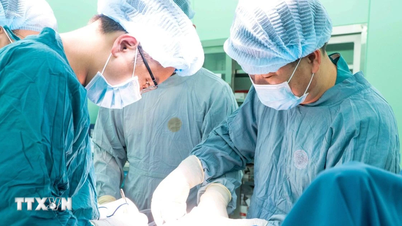

















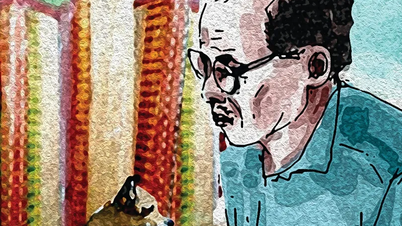













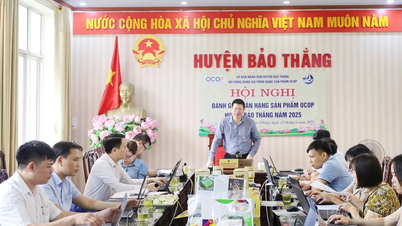






Comment (0)